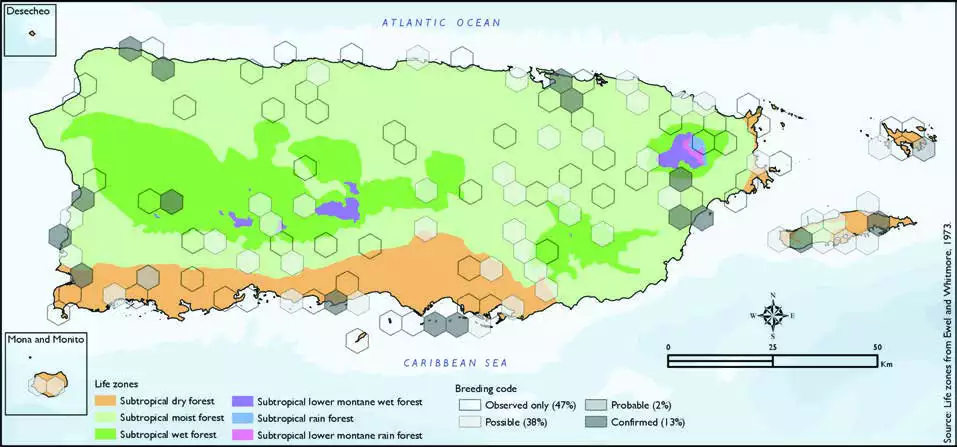Yellow-crowned Night-Heron
Description
The yellow-crowned night heron (Nyctanassa violacea), is one of two species of night herons found in the Americas, the other one being the black-crowned night heron. It is known as the "bihoreau violacé" in French and the "pedrete corona clara" in Spanish.
Threats
The yellow-crowned night heron has no real competition for food. The adults have virtually no predators, but the nests are vulnerable to other animals. Both the eggs and the young are an appealing meal to American crows and some mammals such as raccoons. Crows are also known to harass adult yellow-crowned night heron out of their nest, or displace the eggs in order to use the nest themselves. The importance of the impact of such predation varies geographically, Virginia being the state where it matters the most.[citation needed]
Distribution & Habitat
The Yellow-crowned Night-Heron occurs from the Eastern
and Central United States south
into coastal areas of South
America including the West
Indies, where it is common in
The Bahamas, Greater Antilles,
northern Lesser Antilles, Virgin
Islands, and Cayman Islands
(Raffaele and others 1998). It
occurs throughout Puerto Rico
and satellite islands such as
Desecheo, Culebra, and Vieques
(Raffaele 1989a, Sorrié 1975), in
the latter being an uncommon
resident from spring to fall
and a rare resident in winter
(Gemmill 2015). This species
habitat includes mostly mangrove swamps but also coastal mudfl ats
and sometimes dry thickets far
from water (Raffaele and others
1998), as well as shores, lagoons,
and estuaries (Oberle 2018). The
atlas fieldwork yielded a total of
176 records within 123 hexagons
or 26 percent of the 479 total
hexagons (see map). Of the 123
hexagons where this species
was found, breeding met the
atlas definition of confirmed in
13 percent (16) of the hexagons,
probable in 2 percent (2), and
possible in 38 percent (47), while
the species was observed in
47 percent (58) of the hexagons
but without evidence of breeding
(see map). Yellow-crowned Night-Heron distribution. The map shows the highest breeding code by hexagon and overlaying the ecological life
zones in Puerto Rico. Note: percentages may not total 100 due to rounding. 161Yellow-crowned Night-Heron/Yaboa Común

Breeding Habits
The Yellow-crowned Night-Heron feeds heavily on crabs
and builds a bulky platform
nest made of twigs, usually near
water in a tree but sometimes
far from water (Raffaele and
others 1998). Previously
published reports indicate that
breeding occurs from March
to July (Raffaele and others
1998). Nevertheless, atlas results
show that this species breeding
season extends throughout the
year, with the most breeding
activity in May and June (see
chart). The overall breeding
activity mostly takes place in the subtropical moist forest life
zone. Atlas results show that this
species breeds mostly within the
subtropical moist (52 percent of
the hexagons) and subtropical
dry forest life zones (35 percent
of the hexagons) (see table and
map). However, results also
indicate that at higher elevations
it breeds in subtropical wet forest
life zones as well (12 percent
of the hexagons) (see table
and map).
Conservation
The current global population trend for the Yellow-crowned
Night-Heron is described as stable (Wetlands International
2012). This species is currently
listed as a species of least
concern by the IUCN (BirdLife
International 2016). Locally,
this species is not listed in any
of the threatened categories of
PRDNER and USFWS. In Puerto
Rico, the Yellow-crowned Night-
Heron has a protected habitat
in land of 11 percent or 177
km2 of the total area covered by the hexagons where evidence
of breeding was found for this
species (1553 km2).
Related Species
Family:
heron